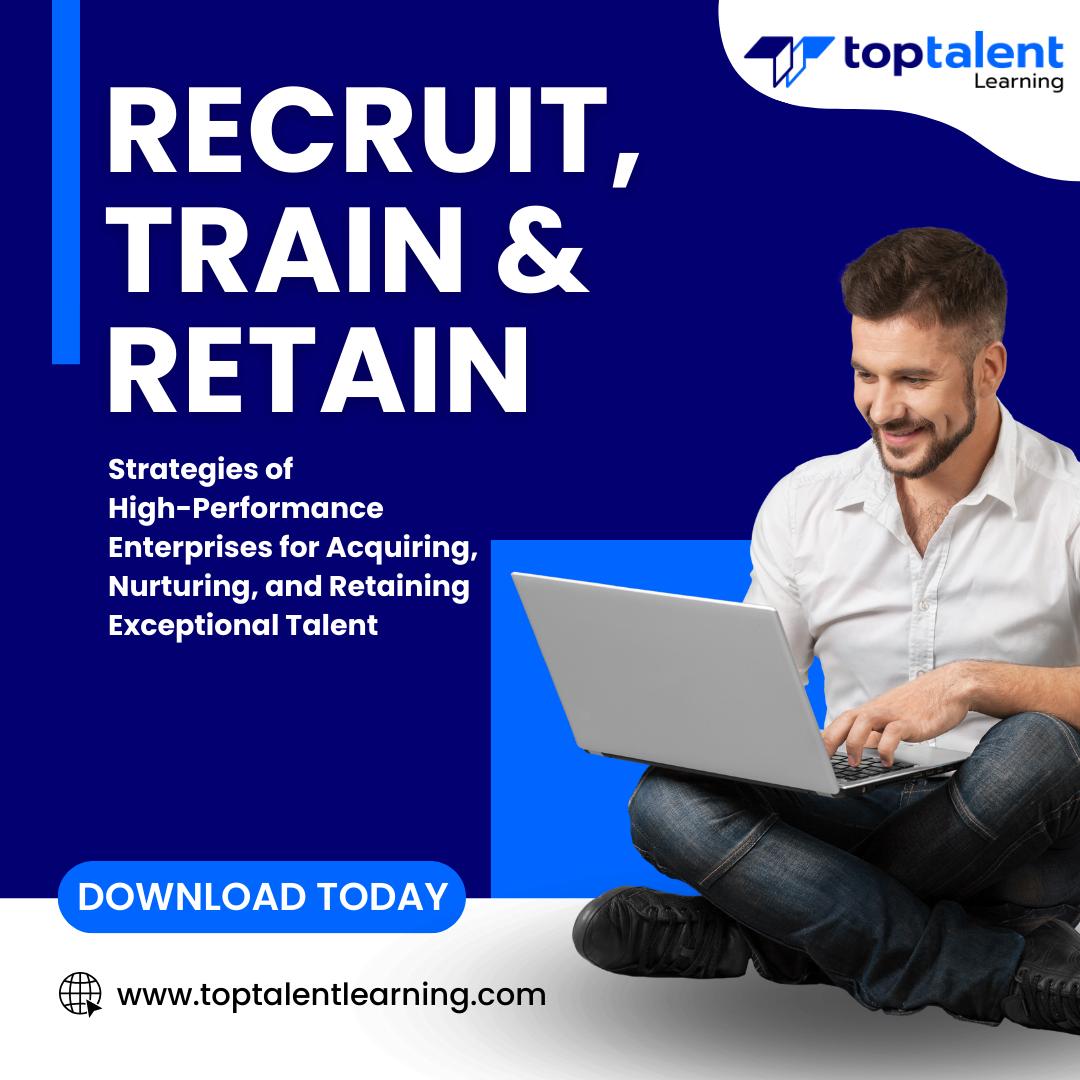AI-102 Designing and Implementing an Azure AI Solution is intended for software developers wanting to build AI infused applications that leverage Azure AI Services, Azure AI Search, and Azure OpenAI. The course will use C# or Python as the programming language.
- Price: $2,495.00
- Duration: 1 day
- Delivery Methods: Virtual
| Date | Time | Price | Option |
|---|---|---|---|
| 12/10/2024 | 10:00 AM - 06:00 PM CT | $2,495.00 | |
| 12/03/2024 | 10:00 AM - 06:00 PM CT | $2,495.00 | |
| 02/11/2025 | 10:00 AM - 06:00 PM CT | $2,495.00 |
1 – Prepare to develop AI solutions on Azure
- Define artificial intelligence
- Understand AI-related terms
- Understand considerations for AI Engineers
- Understand considerations for responsible AI
- Understand capabilities of Azure Machine Learning
- Understand capabilities of Azure AI Services
- Understand capabilities of the Azure Bot Service
- Understand capabilities of Azure Cognitive Search
2 – Create and consume Azure AI services
- Provision an Azure AI services resource
- Identify endpoints and keys
- Use a REST API
- Use an SDK
3 – Secure Azure AI services
- Consider authentication
- Implement network security
4 – Monitor Azure AI services
- Monitor cost
- Create alerts
- View metrics
- Manage diagnostic logging
5 – Deploy Azure AI services in containers
- Understand containers
- Use Azure AI services containers
6 – Analyze images
- Provision an Azure AI Vision resource
- Analyze an image
- Generate a smart-cropped thumbnail
7 – Classify images
- Provision Azure resources for Azure AI Custom Vision
- Understand image classification
- Train an image classifier
8 – Detect, analyze, and recognize faces
- Identify options for face detection analysis and identification
- Understand considerations for face analysis
- Detect faces with the Azure AI Vision service
- Understand capabilities of the face service
- Compare and match detected faces
- Implement facial recognition
9 – Read Text in images and documents with the Azure AI Vision Service
- Explore Azure AI Vision options for reading text
- Use the Read API
10 – Analyze video
- Understand Azure Video Indexer capabilities
- Extract custom insights
- Use Video Analyzer widgets and APIs
11 – Analyze text with Azure AI Language
- Provision an Azure AI Language resource
- Detect language
- Extract key phrases
- Analyze sentiment
- Extract entities
- Extract linked entities
12 – Build a question answering solution
- Understand question answering
- Compare question answering to Azure AI Language understanding
- Create a knowledge base
- Implement multi-turn conversation
- Test and publish a knowledge base
- Use a knowledge base
- Improve question answering performance
13 – Build a conversational language understanding model
- Understand prebuilt capabilities of the Azure AI Language service
- Understand resources for building a conversational language understanding model
- Define intents, utterances, and entities
- Use patterns to differentiate similar utterances
- Use pre-built entity components
- Train, test, publish, and review a conversational language understanding model
14 – Create a custom text classification solution
- Understand types of classification projects
- Understand how to build text classification projects
15 – Create a custom named entity extraction solution
- Understand custom named entity recognition
- Label your data
- Train and evaluate your model
16 – Translate text with Azure AI Translator service
- Provision an Azure AI Translator resource
- Specify translation options
- Define custom translations
17 – Create speech-enabled apps with Azure AI services
- Provision an Azure resource for speech
- Use the Azure AI Speech to Text API
- Use the text to speech API
- Configure audio format and voices
- Use Speech Synthesis Markup Language
18 – Translate speech with the Azure AI Speech service
- Provision an Azure resource for speech translation
- Translate speech to text
- Synthesize translations
19 – Create an Azure AI Search solution
- Manage capacity
- Understand search components
- Understand the indexing process
- Search an index
- Apply filtering and sorting
- Enhance the index
20 – Create a custom skill for Azure AI Search
- Create a custom skill
- Add a custom skill to a skillset
21 – Create a knowledge store with Azure AI Search
- Define projections
- Define a knowledge store
22 – Plan an Azure AI Document Intelligence solution
- Understand AI Document Intelligence
- Plan Azure AI Document Intelligence resources
- Choose a model type
23 – Use prebuilt Azure AI Document Intelligence models
- Understand prebuilt models
- Use the General Document, Read, and Layout models
- Use financial, ID, and tax models
24 – Extract data from forms with Azure Document Intelligence
- What is Azure Document Intelligence?
- Get started with Azure Document Intelligence
- Train custom models
- Use Azure Document Intelligence models
- Use the Azure Document Intelligence Studio
25 – Get started with Azure OpenAI Service
- Access Azure OpenAI Service
- Use Azure OpenAI Studio
- Explore types of generative AI models
- Deploy generative AI models
- Use prompts to get completions from models
- Test models in Azure OpenAI Studio’s playgrounds
26 – Build natural language solutions with Azure OpenAI Service
- Integrate Azure OpenAI into your app
- Use Azure OpenAI REST API
- Use Azure OpenAI SDK
27 – Apply prompt engineering with Azure OpenAI Service
- Understand prompt engineering
- Write more effective prompts
- Provide context to improve accuracy
28 – Generate code with Azure OpenAI Service
- Construct code from natural language
- Complete code and assist the development process
- Fix bugs and improve your code
29 – Generate images with Azure OpenAI Service
- What is DALL-E?
- Explore DALL-E in Azure OpenAI Studio
- Use the Azure OpenAI REST API to consume DALL-E models
30 – Use your own data with Azure OpenAI Service
- Understand how to use your own data
- Add your own data source
- Chat with your model using your own data
31 – Fundamentals of Responsible Generative AI
- Plan a responsible generative AI solution
- Identify potential harms
- Measure potential harms
- Mitigate potential harms
- Operate a responsible generative AI solution
Learning Objectives
Describe considerations for AI-enabled application development
-
- Create, configure, deploy, and secure Azure Cognitive Services
-
- Develop applications that analyze text
-
- Develop speech-enabled applications
-
- Create applications with natural language understanding capabilities
-
- Create QnA applications
-
- Create conversational solutions with bots
-
- Use computer vision services to analyze images and videos
-
- Create custom computer vision models
-
- Develop applications that detect, analyze, and recognize faces
-
- Develop applications that read and process text in images and documents
- Create intelligent search solutions for knowledge mining
Software engineers concerned with building, managing and deploying AI solutions that leverage Azure AI Services, Azure AI Search, and Azure OpenAI. They are familiar with C# or Python and have knowledge on using REST-based APIs to build computer vision, language analysis, knowledge mining, intelligent search, and generative AI solutions on Azure.
Before attending this course, students must have:
- Knowledge of Microsoft Azure and ability to navigate the Azure portal
- Knowledge of either C# or Python
- Familiarity with JSON and REST programming semantics
Recommended course prerequisites - >AI-900T00: Microsoft Azure AI Fundamentals
Ten (10) business days’ notice is required to reschedule a class with no additional fees. Notify TOPTALENT LEARNING as soon as possible at 469-721-6100 or by written notification to info@toptalentlearning.com to avoid rescheduling penalties.
Please contact our team at 469-721-6100; we will gladly guide you through the online purchasing process.
You will receive a receipt and an enrollment confirmation sent to the email you submitted at purchase. Your enrollment email will have instructions on how to access the class. Any additional questions our team is here to support you. Please call us at 469-721-6100.
If a student is 15 minutes late, they risk losing their seat to a standby student. If a student is 30 minutes late or more, they will need to reschedule. A no-show fee will apply. Retakes are enrolled on a stand-by basis. The student must supply previously issued courseware. Additional fees may apply.
You will receive a ‘Certificate of Completion’ once you complete the class. If you purchased an exam voucher for the class, a team member from TOPTALENT LEARNING will reach out to discuss your readiness for the voucher and make arrangements to send it.


